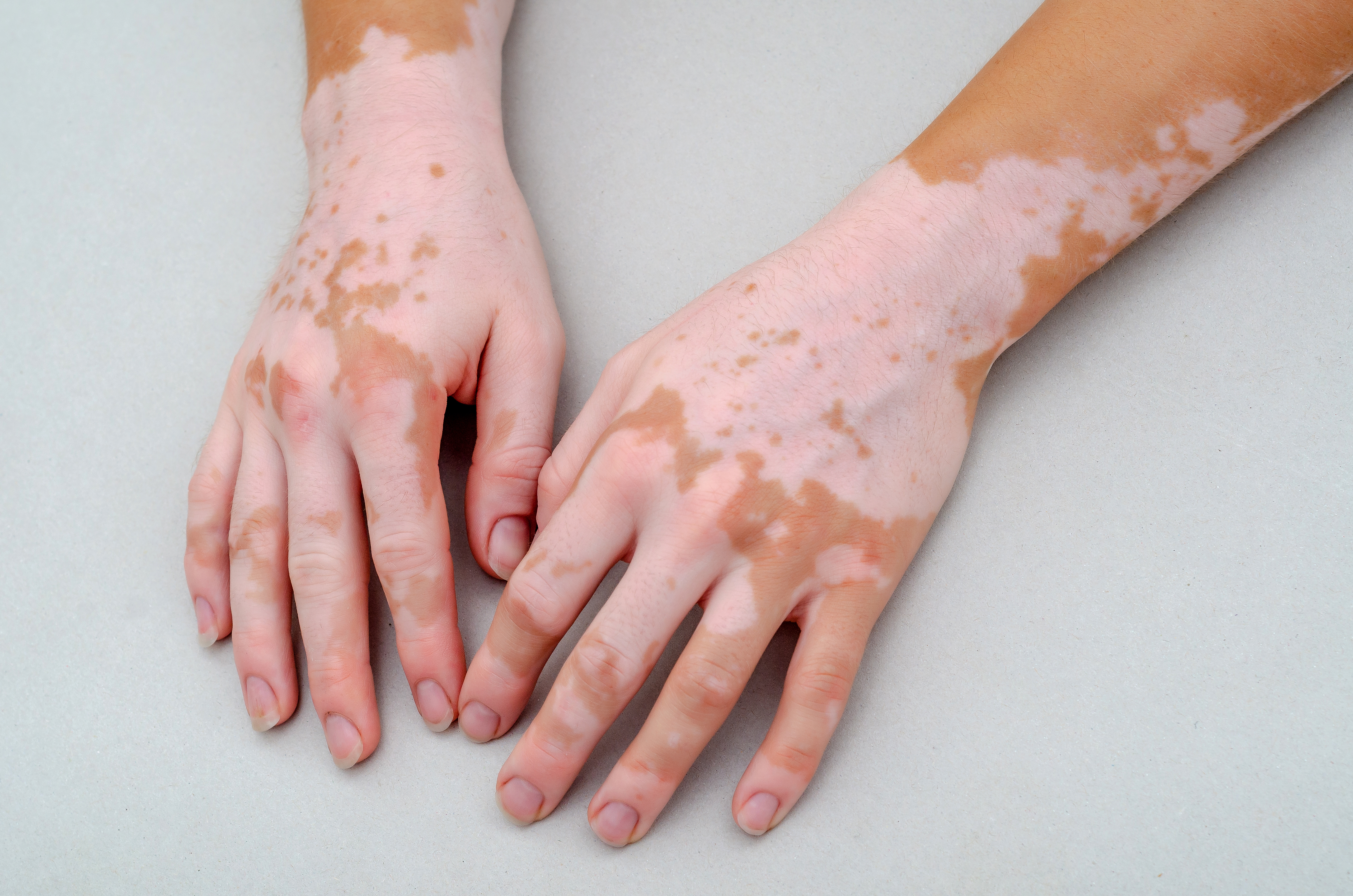
In a recent study published by Rosmarin et al in Dermatology and Therapy, investigators offered an overview of the treatment patterns in U.S. patients with vitiligo within 1 year of their diagnosis. In the retrospective analysis, investigators used the Merative MarketScan Research Databases to analyze the claims data of 19,335 patients aged 12 years and older with newly diagnosed vitiligo. They found that 49.9% (n = 9,648) of the patients involved in the study did not receive treatment and 30.2% (n = 5,845) of them switched treatments within 1 year following their diagnosis. The patients who did receive treatment were mostly prescribed high-potency topical corticosteroids, oral corticosteroids, and topical calcineurin inhibitors; topical calcineurin inhibitors were most commonly prescribed to adolescent patients with vitiligo as first-line therapy. Additionally, patients with moderate-to-severe vitiligo who went to follow-up appointments were most likely to receive treatment—only 1.5% of this group did not receive treatment. The investigators concluded that a large proportion of the patients with newly diagnosed vitiligo were not prescribed any treatments within the first year following their diagnosis, and that future studies should examine the demographics and clinical characteristics of patients that are associated with a lack of treatment.